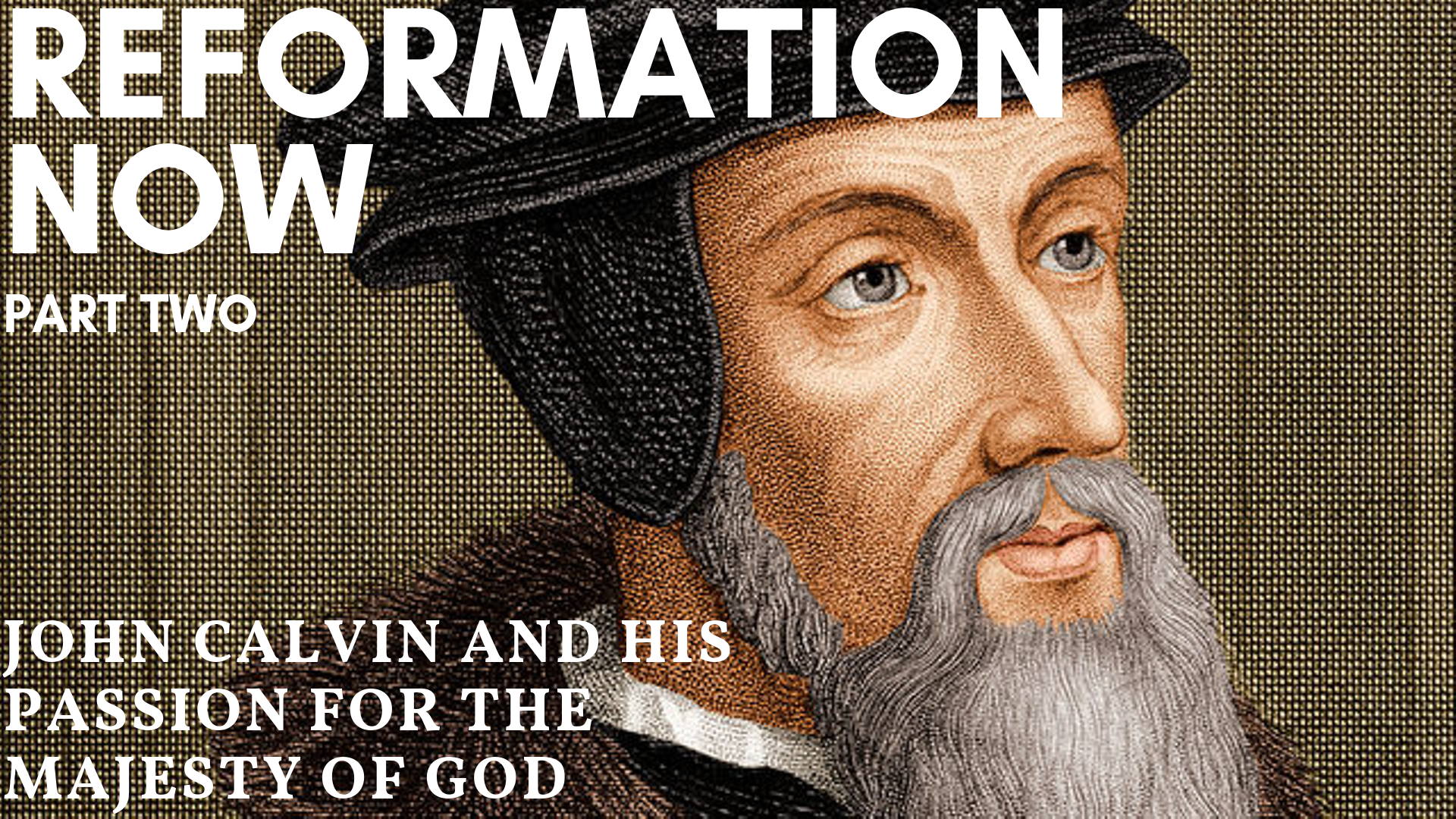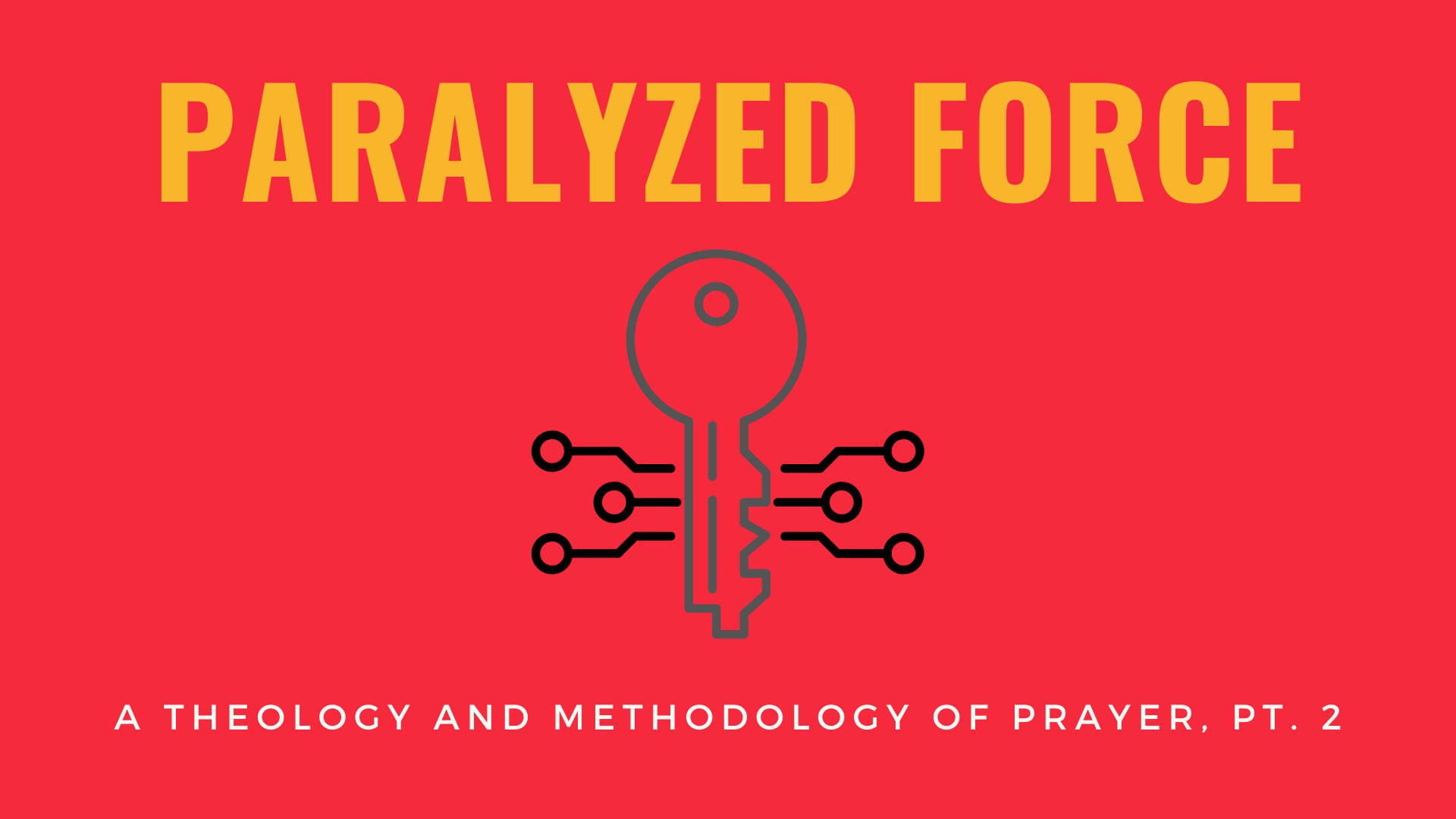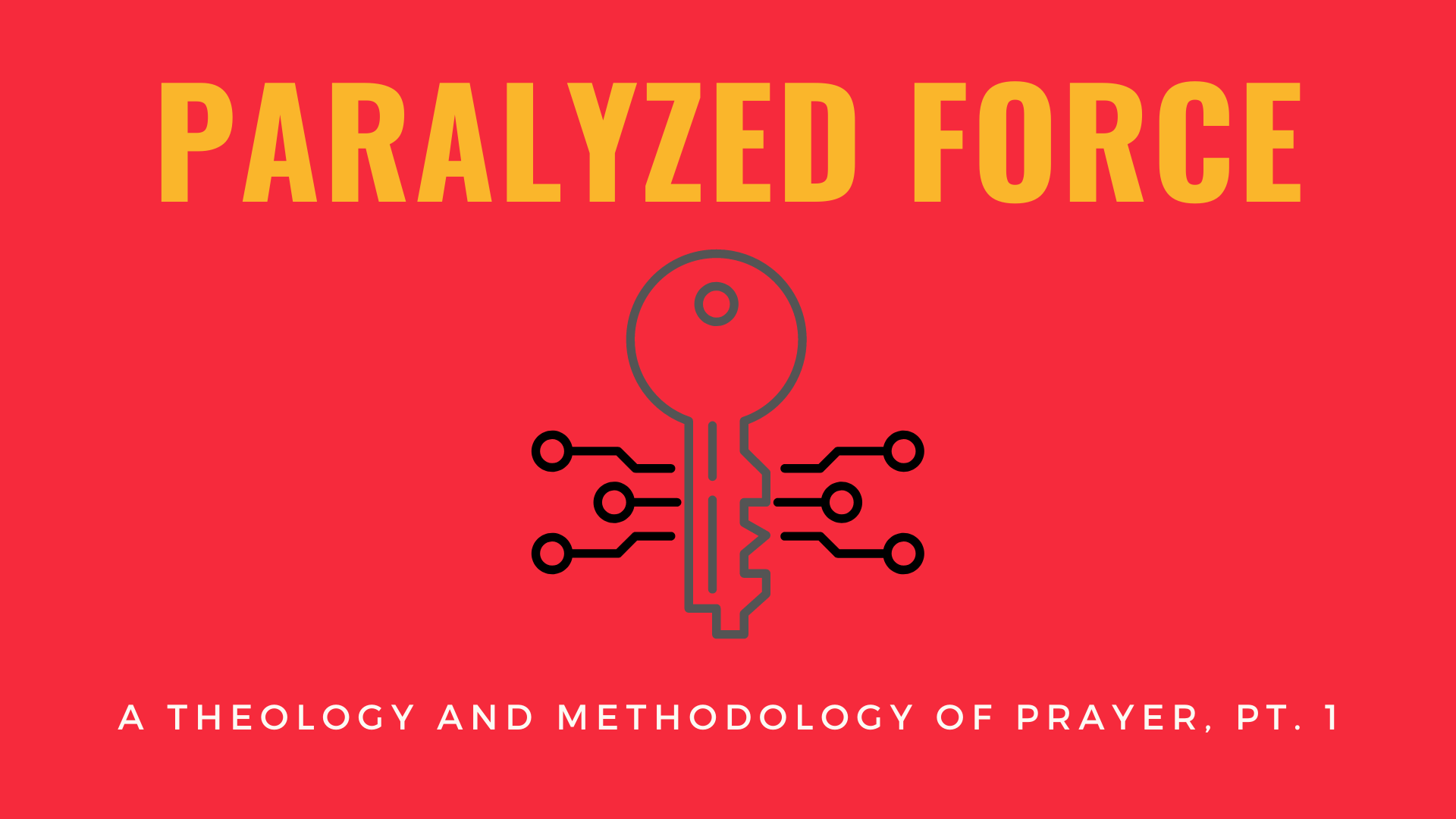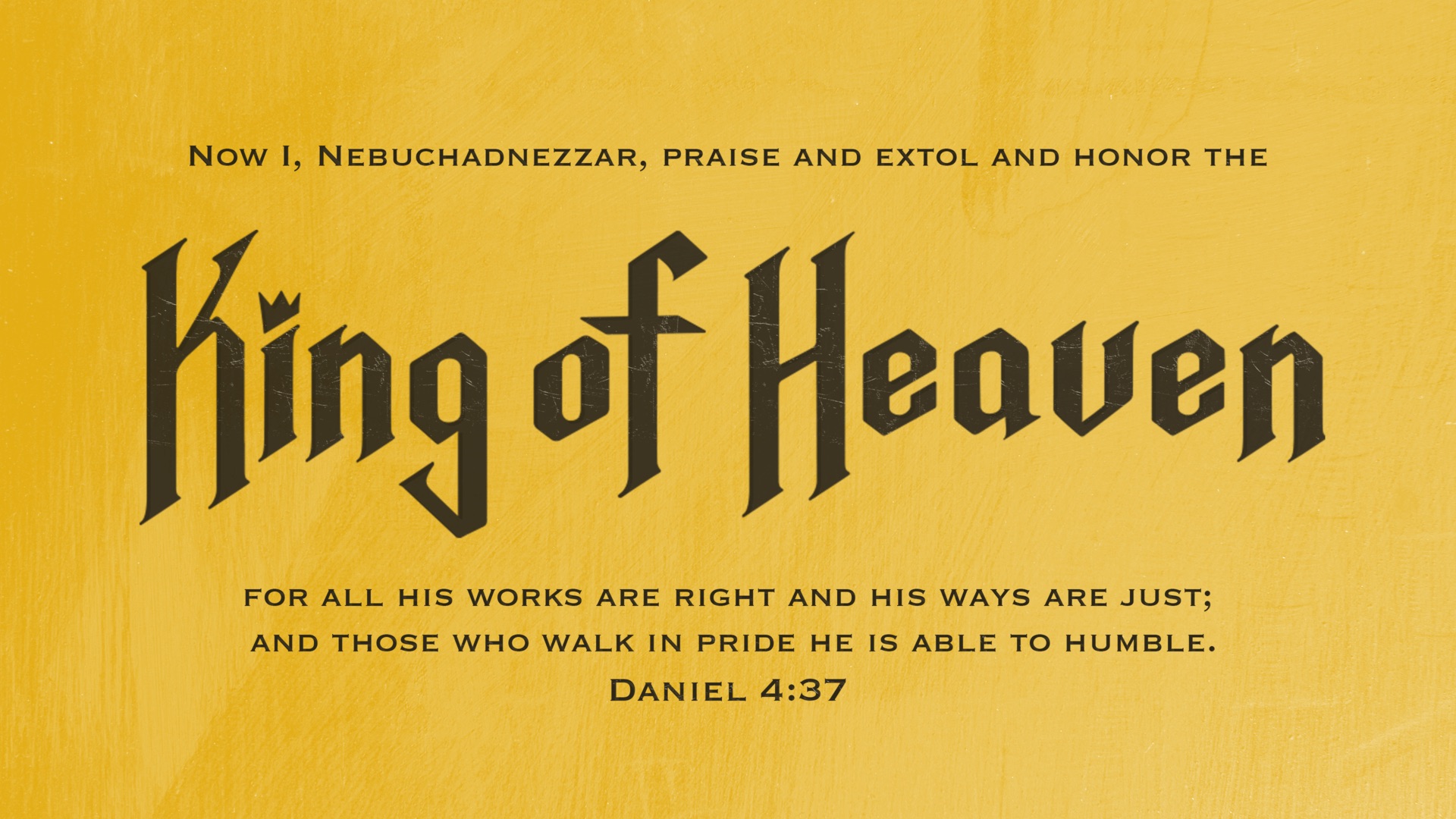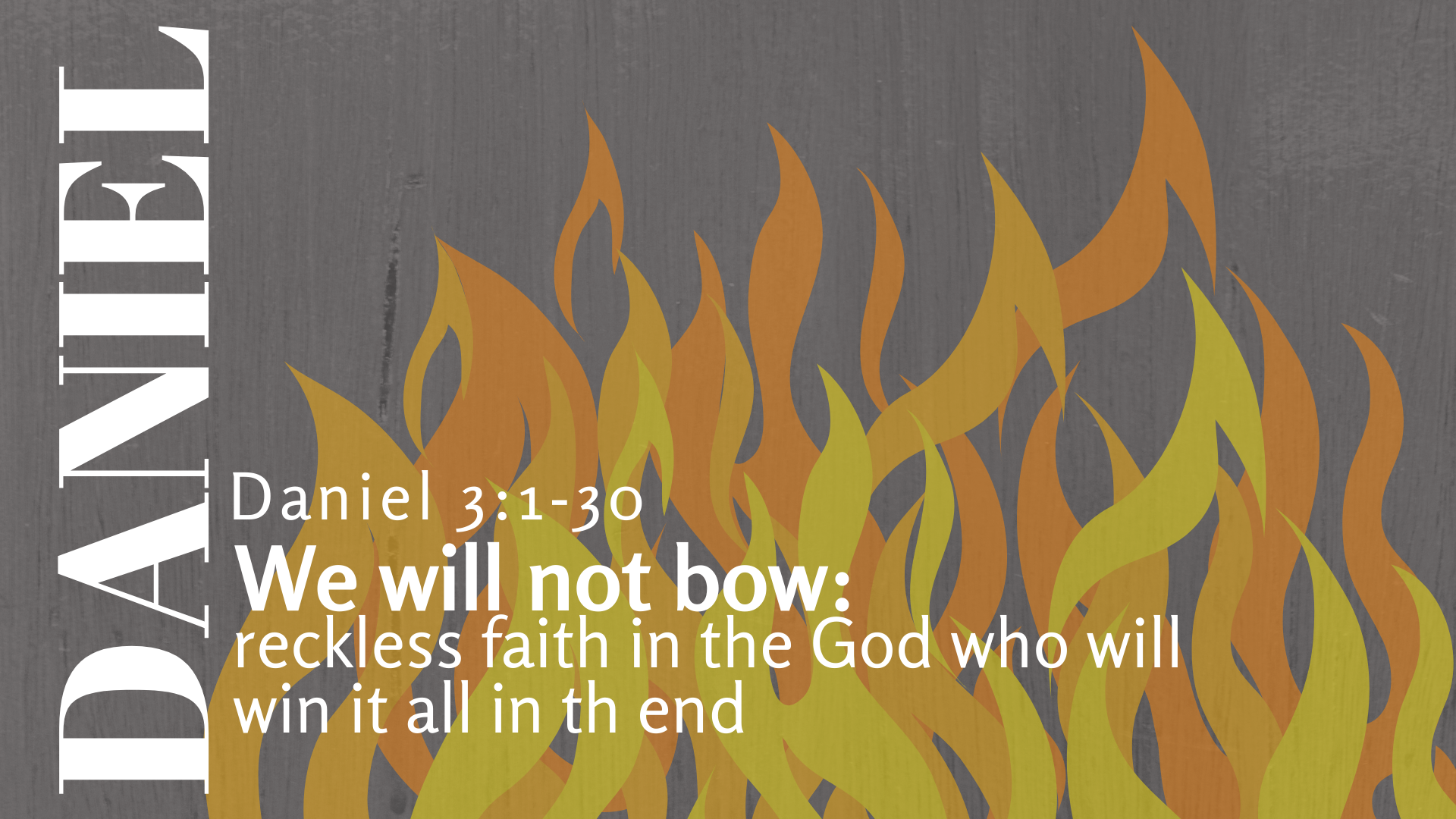News
 Photo by Nate Johnston on Unsplash
Photo by Nate Johnston on UnsplashIn praise of family stock stories
by Adam Huntley
You or some part of your family live out some cliché. Mine is the Appalachia-holler one. My grandfather was one of twelve kids growing up in Burrell Holler, NC, in the Blue Ridge Mountains. His momma made legendary biscuits and pork gravy, and his feisty father nicknamed him “cat.” He left home as a teenager to become a cowboy and later worked with his dad running shine.
For those unfamiliar, “shine” is the contraction of the nickname of home-made liquor, “moonshine.” And “running shine” refers to the distribution of said illegal product. Traditionally, those who ran shine souped up their cars’ shocks to be able to hold a lot of product and their engines to outrun the law if need be. After Prohibition ended in ‘33, these fast cars and their drivers set to racing each other and eventually became NASCAR (National Association for Stock Car Auto Racing).
Stock cars are a simple idea. You start with a standard car frame and fill in all the other bits in the way that you want. The frame’s the same -- the art’s in the parts.
Stock cars are the inspiration of my term “family stock stories.” Stories where you have a basic frame and the parts are different plot lines for each story. The “family” part comes from the idea that our family is in them.
My kids call them “The Jungle Stories.” Over the years (we have five kids aged from one to eleven), despite a nightly reading schedule of good children’s books, these stories remain the most cherished and requested. I’ll talk about why a little later.
First, let’s look at the frame.
The stories start and end exactly the same way.
-----------------------
Start
“There were once five little kids who lived in a little village on the edge of a jungle and when their parents were taking a nap after lunch, the kids would go to the jungle and have adventures.”
I then describe each child (using their story name) and their particular special weapon they bring along (see chart below). I then say what they brought along for lunch: ”…a box of crackers, a can of SPAM, and a warm bottle of RC Cola.”
The children always enter the forest via the tall elephant grass and are lovingly pounced on by their friend, who is also king of the jungle, “Larry the Lion.”
Larry (and sometimes his strange absence) then is the guide leading the children into the plot.
End
The children take item “X” (some item significant from their adventure and put it in the family refrigerator).
“Their parents wake up from their nap, see item “X” in the fridge, then say to each other “Where did this come from?”
“And the children looked at each other and smiled.”
-----------------------
Each child has a story name that is similar to theirs, and we joke around saying it’s not really them. Yet every child knows who their character is and identifies with them. Each also has a weapon that may or may not be used in the plot.
Story name (real names are similar)
Weapon
Johnny
“trusty rusty machete that gleams like the sun while unsheathed”
Sammy
“can of super-paralyzer spray”
Loey
“wand of enchantment that makes mean things nice” (the story tradition is that everyone says this together in a voice tinged with awe)
Fwieda
“The magical cupcake of terrible power” (a threatened deus ex machina which has never actually been used)
Uby
“The mandolin of Bill Monroe”
This frame has produced about ten stories over six years, but ninety percent of the time one of these four are requested:
The Coca-Cola Tree
The Hungry African Hunting Dogs and the Thankful Bee
The New Panther Cub and the Under Jungle World of Bism (which I totally stole from The Silver Chair)
The Crocodiles of Peach Island
Stock stories are a great idea for several reasons:
- They are doable and transferrable. I am not a clever story teller, and some of my frame I borrowed from the stories my wife would tell her little brothers when she was younger.
- A frame aids imagination. While some people may have the creative powers to think up brand new characters and plot lines on a regular basis, I certainly do not have those creative powers. But if you do variations on a theme, you’ll find that you can come up with ideas or steal plot lines from other stories.
- Kids love them. These are the most cherished and requested of all the stories that are told or read.
Why do (my) kids love these stories so much? There are several reasons. First, they are stories. People like those. Secondly, the stories are told by their Dad. Kids like things from their parents. There’s both adventure and predictable elements. Familiarity and variety are things people like.
But the primary reason that the kids have mentioned to me that they like the stories is that the adventures happen when the parents are asleep, and the kids are the ones who have the adventure. While this may be unique to my own kids, I suspect that they are touching on something that is more human. Certainly, it is developmental, as kids grow in their understanding of who they are outside of their parents over time.
But even deeper than that, we image bearers innately see ourselves as exciting characters in a story just like my kids see themselves in their Jungle Stories. You see, in our Jungle Stories, it is never the children’s weapons that ultimately win the day, but rather the character and love behind their choices, even when they have to choose to use their weapon. Their beloved story-world is one where self-denying love and a fell sword can both be perfectly wielded. The story is marked by conflict and peril, but ultimately ends in a quirky and happy comedy where love wins the day. It seems we humans, at our best, imagine ourselves into echoes of the real plotlines of our own lives.
For the actual life we live is also the story-world that God is weaving in time and space. In God’s redemption fantasy story, we are his 3D characters. There, as N.D. Wilson says, every atom has a complete backstory known only to its Author. A story where every idle word that his characters choose is worthy of the Author’s strict evaluation, and thus every moment and breath is charged with meaning. A serious meaningful story-world whose expectations don’t crush us because we can find our ultimate acceptance for reasons outside of ourselves. A story where all His plot lines are found resolved in a given Son.
This is the actual world we live in. Thus, we shouldn’t tell stories to escape reality but rather to flee into it. After all, some stories in the non-fiction section are as false as a bootlegger’s alibi, while some “made-up” stories are as true as the sun rises. So, let us imagine ourselves and our kids into God’s reality for our everlasting joy.
Go ahead... pick a frame, any frame, but in all your stories, tell the story.


